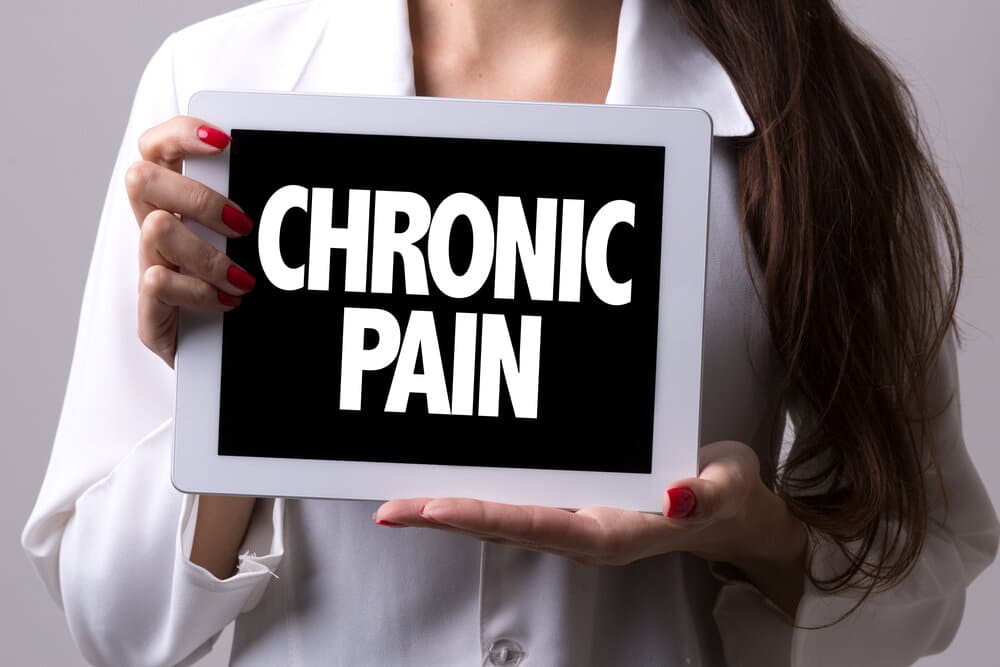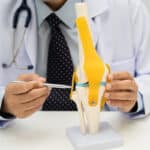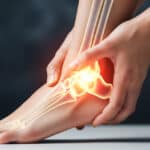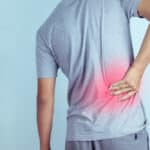
Patients with chronic diseases will find that stay-at-home orders face additional difficulties as the COVID-19 pandemic progresses. Health treatment has been pared down to only urgent hospital appointments, operations, treatments, and diagnostic tests in many fields. Many pain patients may find access more limited than ever to medical care or treatment. Stay-at-home orders may also suggest spending more time with partners, family, or roommates, which can bring even more tension to what is already a situation of extremely high anxiety. Dealing with chronic pain at home can be a challenging task, but with the right strategies and resources, it is possible to manage the pain and keep up with your daily routine.
If you find that being seized at home seems to make it all the more complicated for your pain management, here is some food for thought to help you get through this period of time:
Managing Chronic Pain
Telehealth and telemedicine are part of the modern standard right now. During this pandemic, doctors rely more than ever on telemedicine, and there seems to be an increase in other virtual health and wellness services provided. You should also search for other complimentary interactive services from physical therapists, life coaches, psychological counselors and therapists, fitness teachers, pilates trainers, and nutritionists, in addition to having the usual medical visit done online or by telephone. Consider entering an online support group for more social bonding. Finding the best telemedicine and telehealth tools for your unique situation can be tricky, and it is always a good idea to speak first to your doctor before beginning something new.
Staying at home will quickly break down the regular framework and constraints we are accustomed to. It can mean more idle time at home without leaving home to go to work or run normal errands. By having a routine and some structure around your day that jives with those who are home with you, aim to counteract this. Schedule time to do things together, such as cooking meals, cleaning the house, and watching a movie, for example, while carving out space for everyone to have some time. Today, having the time and space for self-care practices such as meditation or exercise could be harder than ever, so consider working out a schedule with your housemates that helps you to have significant time for yourself.
There are some medical procedures that right now need to be put on hold. Most doctors, for example, recommend delaying regular pain treatments such as epidural cortisone injections. There is also a hypothetical risk that exposure of the body to added cortisone might decrease its immune response, in addition to the added risk of being in a medical facility during this period. If there are medical services or procedures that you usually rely on for pain relief that have been put on hold, then this may be a trying time for you. But during this time span, letting your anxiety get the best of you will only make the pain much harder to handle, so consider adding unique stress management strategies and relaxation resources to your home routine.
Three Easy Ways to Manage Chronic Pain from Home
Light Exercise
Adding light to moderate physical activity to your daily routine is a great way to boost your immune system and slow the progression of chronic pain conditions. However, it’s important to not overdo it; intense workouts have the potential to increase the level of stress hormones rather than enhance the immune system. Some excellent workouts for chronic pain relief include:
- Cycling with a stationary bike
- Light dumbbell curls
- 20-30 minutes of leisurely walking
Yoga & Stretching
Regular stretching is essential for long-term pain relief because it fortifies the muscles against future injury while improving whole-body circulation. It also releases tension from deep within the joints and muscular tissue, resulting in a greater range of motion.
Elements of meditation, rhythmic breathing, and stretching movements have the potential to strengthen the body and release tension. According to Harvard Medical School, one yoga session per week increases mobility more than traditional standard medical care. The practice of yoga has also been shown to be an effective form of therapy for reducing chronic lower back pain.
We recommend trying out these yoga/stretching poses to keep pain at bay:
- Standing Side Stretch: Stand with your feet shoulder-width apart. Stretch your arms far above the head and clasp your right wrist with your left hand. Bend sideways to the left, tucking in your lower ribs as you inhale to maximize the stretch. Hold the position for three breaths, then switch sides.
- Legs Up the Wall: Start from a seated position, with your right shoulder and hip a few inches away from the wall. Drop your left shoulder to the floor and swing your legs upward to rest vertically on the wall while lying flat on your back. Maintain this position for at least ten long breaths.
- Butterfly Pose: This pose is great for stretching out the knees and hips. Simply sit with your back straight and the soles of your feet joined, with your knees pointing outward. Place a pillow or blanket under the knees for cushioning if needed.
High-Protein Diet
Consuming a greater amount of protein is generally a wise strategy for reducing chronic pain symptoms. Not only does protein contain essential amino acids, but there are significant anti-inflammatory and joint-strengthening properties within protein-rich foods.
Protein also encourages the bodily production of glucagon, a substance created by the liver that keeps insulin levels steady while preventing the storage of extra glucose as fat. As a result, pain flare-ups due to hypoglycemia become much less common.
Additionally, a high-protein diet may also increase the body’s proline levels. Proline is essential for the construction of collagen, which in turn helps develop healthier muscle cartilage and intervertebral (spinal) discs.
Stepping outside of your normal routine can also be an opportunity to try new strategies or therapies that you may not otherwise have taken into account. Have you ever spoken to a pain management psychologist? Maybe this is the moment to give it a shot. So far, research carried out on telemedicine therapy has looked very good. There could be a list of things you have wanted to look into but never had the time to look into. This could be the opportunity you’ve been waiting for: growth, development, and exploration.
Are Home Remedies Enough to Overcome Chronic Pain?
These simple pain management methods have the potential to greatly reduce pain, but they should not be considered a replacement for medical help. Many chronic conditions, such as osteoarthritis, for instance, have no known cure. Lifestyle adjustments, like diet and exercise, are rarely enough to fully eradicate chronic pain syndromes.
Your pain management specialists at Oklahoma Spine & Pain Management in OKC are here to help. As a board-certified Pain Medicine and Rehabilitation physician, Dr. Darryl D. Robinson has been using state-of-the-art treatments to help patients overcome chronic pain for nearly two decades. Dr. Robinson and his team of medical experts are specially trained to harness the body’s natural healing properties to provide effective pain relief without surgery.
These treatments utilize the body’s natural healing elements to repair damaged tissue and restore range of motion without the need for surgery. Experience renewed wellness and mobility for months!
While staying at home is what is needed right now, for those with chronic pain, this can be a very difficult period. Try re-calibrating the techniques for pain control so you can get back on track. See us at Oklahoma Spine & Pain Management for pain management.
***Disclaimer: This content should not be considered medical advice and does not imply a doctor-patient relationship.






